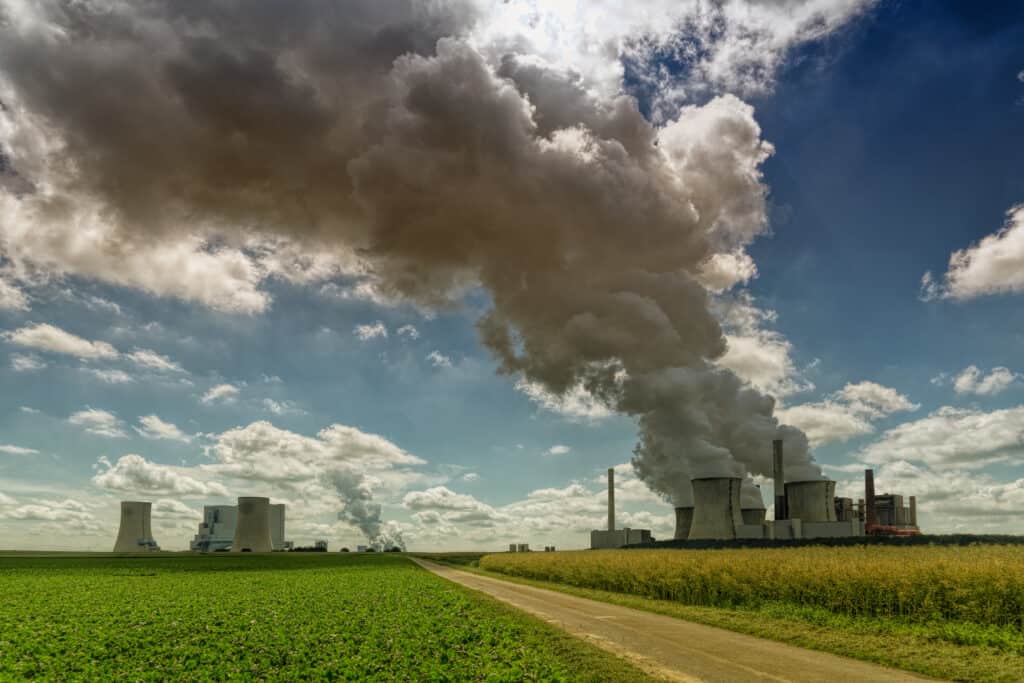
The New Zealand government faces a crucial decision-making period regarding the rules for carbon farming, a topic that has recently gained significant attention.
The coalition agreement’s brief mention of stopping the current review of the Emissions Trading Scheme (ETS) system to restore confidence in the carbon trading market has sparked considerable interest, though its full implications may not yet be fully understood by the mainstream media or the coalition government itself.
The halted review initially aimed to address a fundamental issue with the ETS: the high carbon price necessary to drive emission behaviour changes could make carbon farming more profitable than traditional sheep, beef, and even dairy farming.
This shift could have significant economic implications, given the substantial foreign exchange earnings from the sheep, beef, and dairy industries, which are crucial for New Zealand’s economy.
The Climate Change Commission’s concern was that excessive forest planting could eventually lower the carbon price, undermining efforts to change carbon emission behaviours. Both the Commission and the previous Labour Government grappled with finding the right balance of carbon sequestration – not too much or too little, but “just right”. This challenge now falls to the new National/ACT/NZ First Government.
Mid-2023 discussions under the Labour Government suggested setting a lower price for carbon sequestered by forests to reduce its profitability and, consequently, the amount of sequestration.
The government would then sell these units at a higher price to emitters, potentially making significant profits. However, this approach, along with the notion of separate prices for sequestration and emissions, has been put on hold by the new government.
This decision has been welcomed by those currently earning NZU credits in the ETS and investors holding NZUs. It also provides confidence to those interested in establishing large-scale forests with introduced species, as there are now no central government policies to impede them. Additionally, hill-country sheep and beef farmers may find carbon forestry an attractive diversification option for less productive parts of their farms.
As of December 5, 2023, the carbon price for one New Zealand Unit has risen, likely due to increased confidence among NZU holders. However, the future of carbon prices remains uncertain, though they are expected to rise over the medium term.
The introduction of the National Environmental Standards – Commercial Forestry (NES-CF) on November 3, 2023, adds another layer of complexity. These regulations, applicable to both plantation and permanent forests, require local council assessments at various stages of the forestry cycle. While manageable for large forestry operators, they may deter farmers interested in small-scale carbon farming.
The ongoing conversion of high-quality farms into forestry remains a concern, particularly for professional forestry companies that prefer such land for its lower costs and safety issues.
A potential solution lies in simple, consistent regulations that specify where forests with introduced species can be planted. One suggestion is to allow pastoral farmers to plant continuous-cover forests on a portion of their land, with full consent required for larger afforestation areas, taking into account broader environmental and community considerations.
Long-term investment decisions in forestry should not be subject to the whims of three-year elections. Broad agreement across party lines on overarching consenting rules is essential to avoid policy fluctuations and ensure stability in the sector.
In conclusion, while the recent government decision offers some immediate relief and clarity, the long-term future of carbon farming in New Zealand requires careful consideration and strategic planning to balance economic, environmental, and community interests.



